Cà Phê Cốt Dừa: Basic Information
Pronunciation
Alternative Name(s)
Drink Type
Mealtime
Popular Variations
Cà Phê Cốt Dừa: Ingredients and Preparation
Main Ingredients
Main Preparing Method
Preparation Process
Cà Phê Cốt Dừa: A Deep Dive
Cultural Significance
Taste
Texture
Aroma
Color
Serving Style
Serving Temperature
Accompaniment
Occasions
Calories
Popularity
Popular Similar Drinks
- Cà Phê Đá
- Cà Phê Trứng
- Cà Phê Sữa Đá
- Cà Phê Muối
- Cà Phê Lá Dứa
- Cà Phê Bơ
- Sữa Chua Cà Phê
- Sinh Tố Cà Phê
Popular Dining Area
Cà phê cốt dừa is a Vietnamese beverage that combines coffee and coconut milk.
It is particularly popular in the northern parts of Vietnam, especially in Hai Phong and Hanoi. This unique drink has also become popular in the south as a refreshing treat to deal with the heat.
Overall, this Vietnamese coconut coffee is a creamy beverage, blending the rich, sweet creaminess of coconut milk with the bitter taste and strong aroma of coffee.
Sounds good, doesn’t it? So stick around to find the best places to sip cà phê cốt dừa, especially in Hai Phong, Hanoi, and Ho Chi Minh City, as below.
After that, you’ll also know more about the good sides and drawbacks, as well as common inquiries about drinking this Vietnamese coconut coffee.
And lastly, there are other options similar to this beverage if you want to explore more about coffee-based options. Read on!
Key Points
Cà Phê Cốt Dừa Images
How To Make Cà Phê Cốt Dừa?
A good thing about cà phê cốt dừa is it’s easy to make. Here are three main steps to prepare it right in your kitchen.
Step 1: Blending the Mixture
Combine condensed milk, coconut milk, and ice cubes in a blender and blend them until smooth and fluffy.
Step 2: Preparing the Coffee
Shake the brewed coffee in a shaker until it forms a light brown foam
Step 3: Combining the Coffee with Coconut Milk Mixture
Pour the shaken coffee into a glass, then slowly add a blended mixture of coconut milk and condensed milk on top. Serve cold.
In case you can’t make it yourself, check the following section to explore some of the top addresses to drink this coconut coffee in Vietnam.
Where To Enjoy Cà Phê Cốt Dừa?
Here are some highly recommended places to order a cup of cà phê cốt dừa in three big Vietnamese cities, such as Hai Phong, Hanoi, and Ho Chi Minh City.
In Hai Phong
Cà phê cốt dừa cô hạnh
Address 1: 148 Luong Khanh Thien, Cau Dat Ward, Ngo Quyen District, Hai Phong
Address 2: 130 Lam Son, Le Chan District, Hai Phong
Opening time: 8 AM to 10 PM
In Hanoi
Cộng cà phê
Address 1: 101 Hoang Cau, Cho Dua, Dong Da District, Hanoi
Address 2: 2/208 Nguyen Van Cu, Long Bien District, Hanoi
Opening time: 7 AM to 11 PM
In Saigon (Ho Chi Minh City)
Cộng cà phê
Address 1: Floor 1, 26 Ly Tu Trong Apartment Building, Ben Nghe Ward, District 1, Ho Chi Minh City
Address 2: 134 – 136 Dien Bien Phu, Ward 17, Binh Thanh District, Ho Chi Minh City
Opening time: 7 AM to 11 PM
In fact, cà phê cốt dừa cô Hạnh and Cộng cà phê have several branches across the country, so the above are just some highlighted ones. Now, let’s continue reading to uncover the positive and negative impacts of this drink.
Pros and Cons of Drinking Cà Phê Cốt Dừa
With the table below, you’ll have a closer view of cà phê cốt dừa regarding its good and bad sides.
Pros
Cons
Coming up, check out other concerns about this drink with the FAQs section.




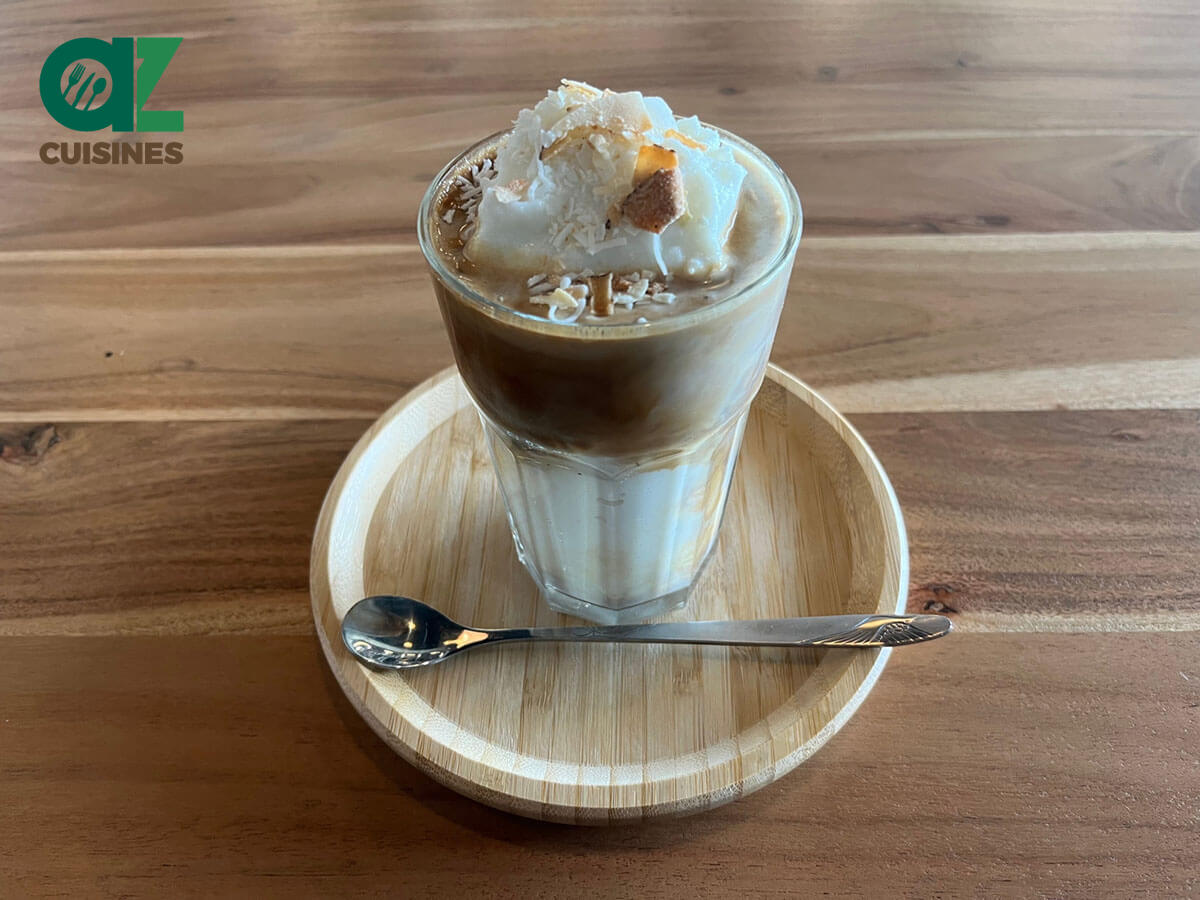
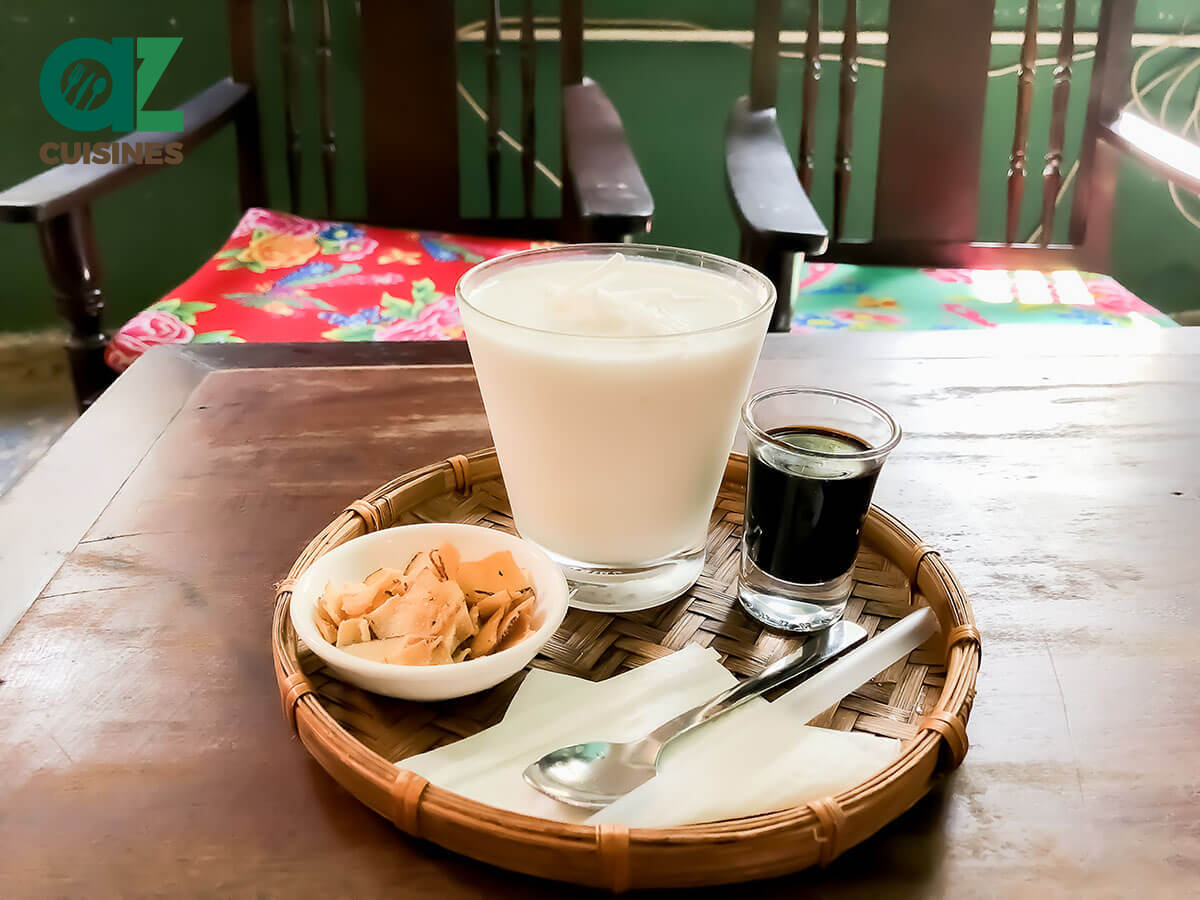
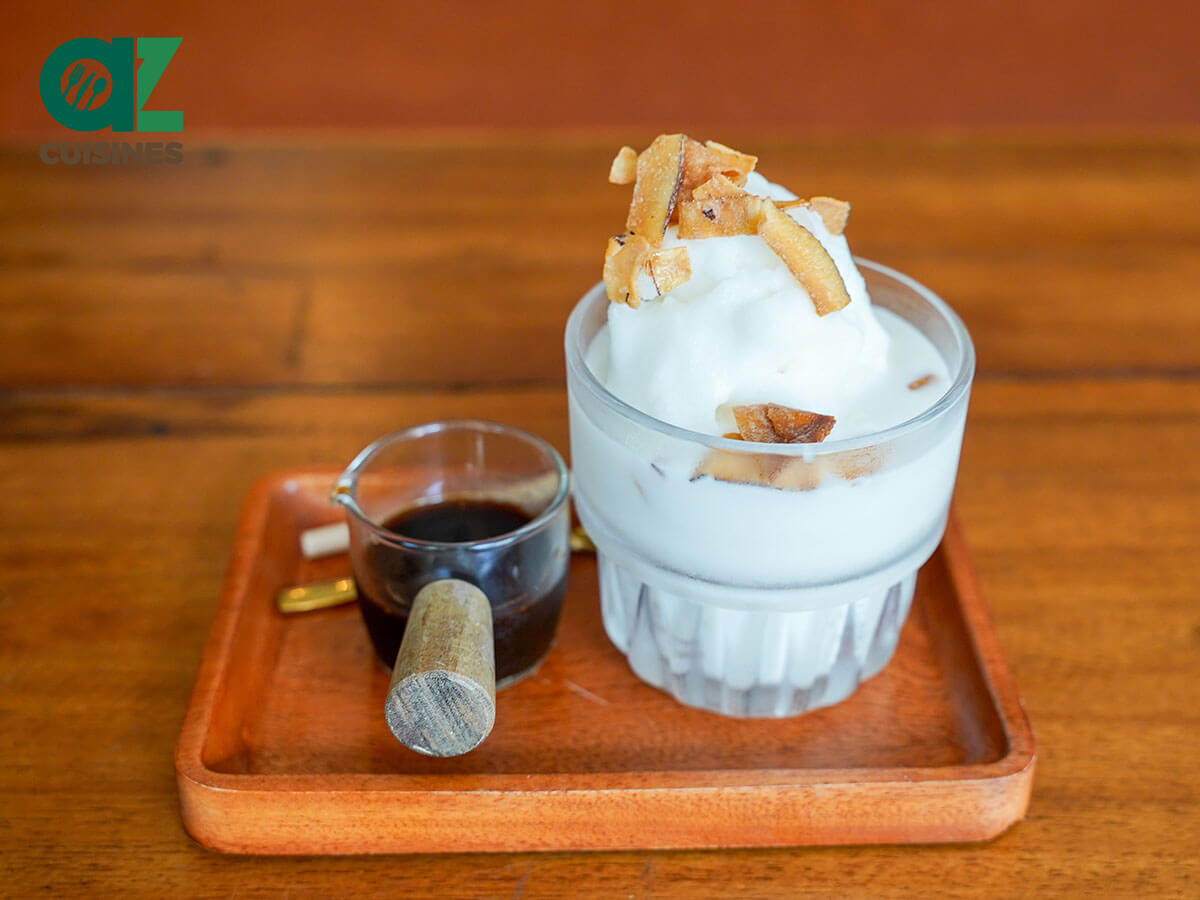

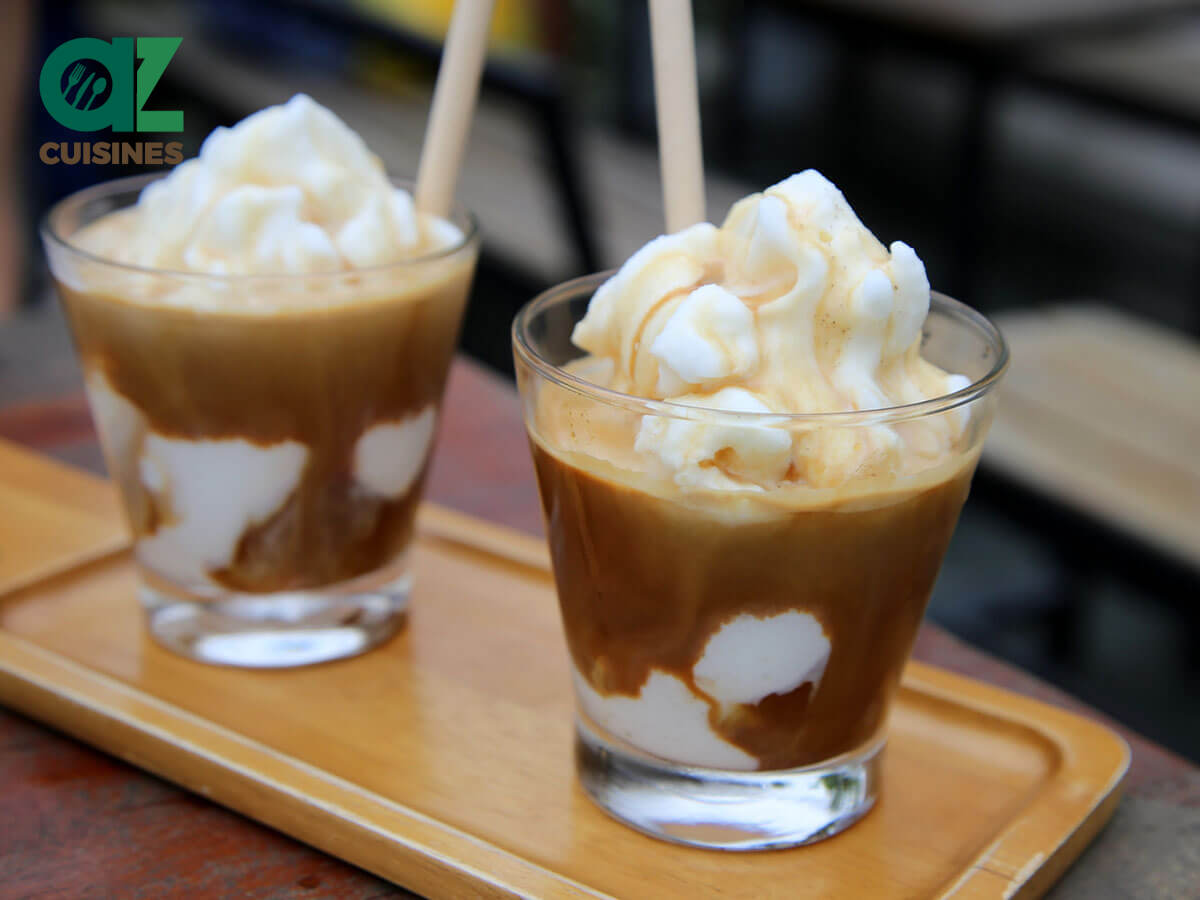
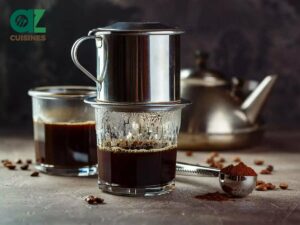
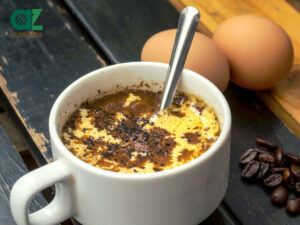
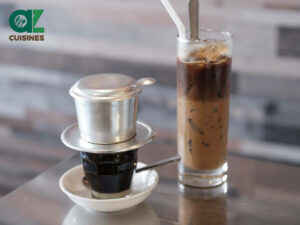
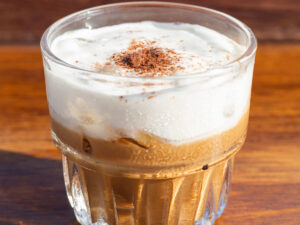
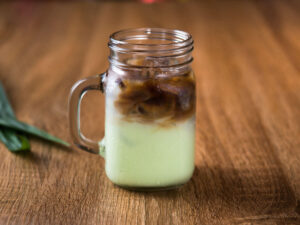
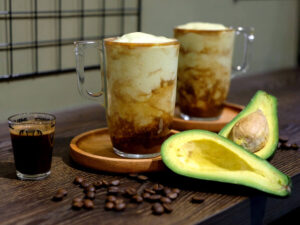
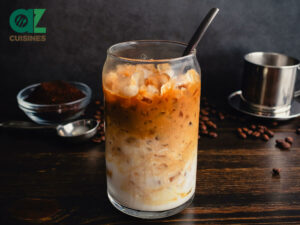
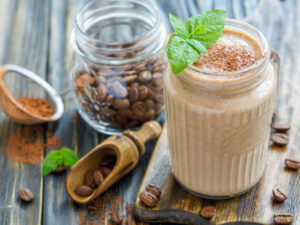
Adam Sam
Senior Food and Drink Editor
Expertise
Food Writer & Recipe Developer, Recipe Tester, Bartender, Cooking-video Maker, Editor In Chief
Education
Adam Sam, an experienced food writer and recipe developer, is passionate about blending diverse culinary traditions, national dishes, and innovative beverages, showcasing his proficiency in both traditional and modern recipe testing.
As the Editor-in-Chief, he elevates culinary content from street food to fine dining, focusing on Western cuisine and types of drinks at azcuisines.com, and is professional in creating engaging cooking videos that simplify complex dishes and ingredients.
His passion for food is evident in his writing, where he uniquely merges various cultures, traditions, and contemporary trends, skillfully combining classic recipes with modern cooking methods.